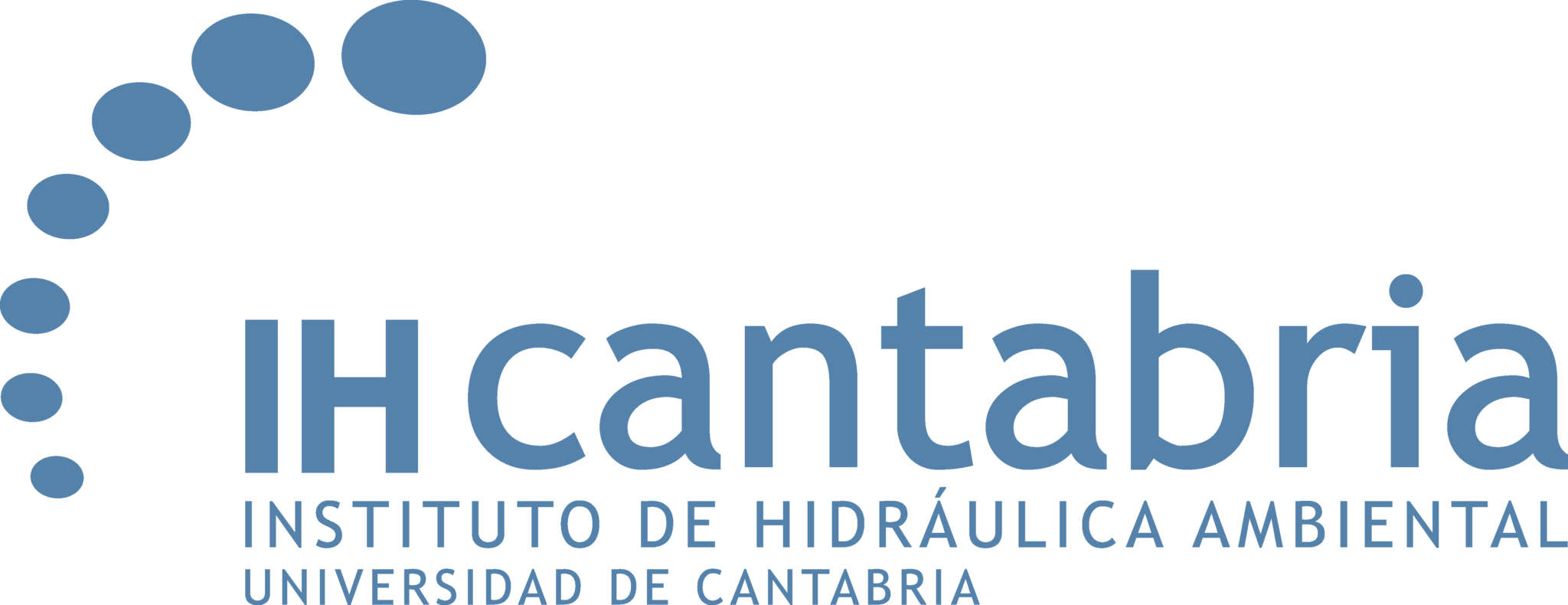NEWS
Beach recovery could be accelerated by applying a technique proposed by researchers from IHCantabria
Laboratory tests demonstrate the positive effect that the plowing technique has in increasing the accumulation rates of natural beaches, which allows accelerating their recovery at a very low cost and with minimal environmental impact.
To combat coastal erosion and contribute to its recovery, respecting Nature, researchers from IHCantabria tested, for the first time, tested for the first time the effect of mechanically plowing the intertidal zone of a beach, under controlled laboratory conditions. This research was developed within the framework of the Beach-ART project, which is financed by the Ministry of Economy, Industry and Competitiveness of Spain. Their results were published by the journal Coastal Engineering, in a paper written by Erica Pellón, Íñigo Aniel-Quiroga, Mauricio González, Raúl Medina and César Vidal, which can be accessed through the following link.
Having a wide beach is essential for those living in coastal areas, because it offers them greater protection against the possibility of erosion and flooding, and a great opportunity for tourism. However, during winter storms, the volume of sand on the beaches tends to decrease (they erode), to the point that some of them even disappear, although they tend to recover with time.
To speed up this process, it is necessary the application of assisted recovery techniques, such as the “beach plow”, whose efficiency was first tested under controlled laboratory conditions, in the Wave-Current-Tsunami Flume (COCoTsu) at IHCantabria. The sand, tide and waves of a Cantabrian beach have been simulated, verifying that the “plow” allows accelerating the recovery of the beach and increasing its width.
This technique requires the use of a tractor that creates furrows at low tide. This process should be repeated daily, during the spring, until the desired beach width is achieved. Due to its high level of effectiveness, low cost and minimal environmental impact, this technique is an innovative, economical tool that is consistent with sustainable development. Its use could make a positive contribution to coastal management, in order to condition beaches before the summer and in an environmentally friendly way.



